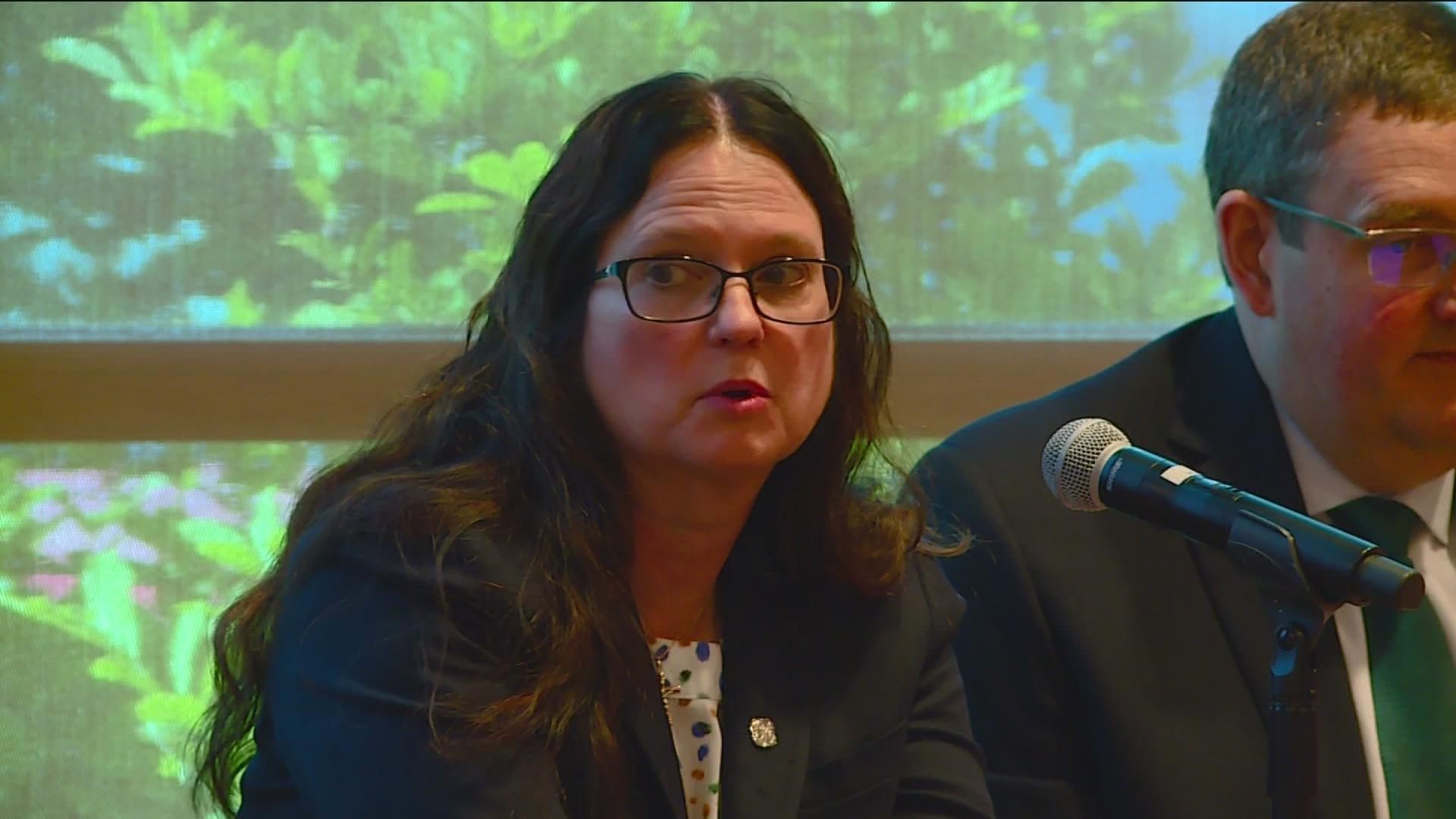BOISE, Idaho — The Idaho Business for Education (IBE) held a healthcare summit at Boise State University Tuesday to discuss the current shortage of healthcare workers in Idaho.
The panel included executives from St. Luke's, Saint Alphonsus, Idaho Department of Health and Welfare, Kootenai Health, Boise State University, Northwest Nazarene University, and University of Idaho.
More than 9,000 jobs are vacant among Idaho healthcare systems, according to IBE; additionally, 2.7 jobs are posted for every 1 unemployed Idahoan, according to the Idaho Department of Labor.
"You can't drive around anymore without seeing business closures, staffing shortages, and healthcare is certainly not immune to that," St. Luke's President and CEO Chris Roth said.
St. Luke's is the largest employer in the state. They have been short staffed for years, according to Roth. At any given moment, St. Luke's has 5-8% of jobs unfilled. However, COVID has exacerbated the issue.
At peak levels, St. Luke's has had 12% of their jobs left vacant. That's more than 2,000 jobs in total, according to Roth.
"There is absolutely no evidence that vaccine mandates or requirements had any impact on the workforce challenges and shortages. I think there is a greater body of evidence healthcare workers - particularly frontline healthcare workers - went through an incredibly traumatic period," Roth said. "There are indications the interest of pursuing a profession in healthcare is waning a little bit. We're still trying to understand - is that a blip, or is it a long-term potential issue."
A strategic combination of staff retention and recruitment is needed to ease the strain on Idaho hospital systems, according to panel discussions. But there is a feedback loop that makes this solution easier said than done, Saint Alphonsus Executive Medical Director Dr. Patric Burgess said.
"As you can imagine, there is a domino effect. The more we're short, the people that are working are working harder, and then it gets harder to recruit, because people see it as a very difficult field," Dr. Burgess said.
Neither Dr. Burgess or Roth believe these problems will last forever; however, they do say recruitment needs to change. Panelists supported the idea of a wholistic recruitment process, not only seeking out the perfect 4.0 student, but also capable candidates from different backgrounds and walks of life.
"You don't have to be a certain gender or ethnicity," Dr. Burgess said. "We need more healthcare workers that look like the population. We know people feel more comfortable going to see a healthcare worker that looks like them."
The problem is not only applicable to doctors and nurses, but also information technology and human resource departments.
Panelist including Dr. Burgess remain optimistic. Through COVID, Idaho hospitals and healthcare systems have learned how to collaborate and cooperate on a level never seen before, according to Dr. Burgess.
She and other panelists, including Roth, are hopefully hospital systems can form the strong partnerships needed with each other, and academic institutions, to slowly ease the strain on healthcare workers and remedy the worker shortage.
Watch more Local News:
See the latest news from around the Treasure Valley and the Gem State in our YouTube playlist:

